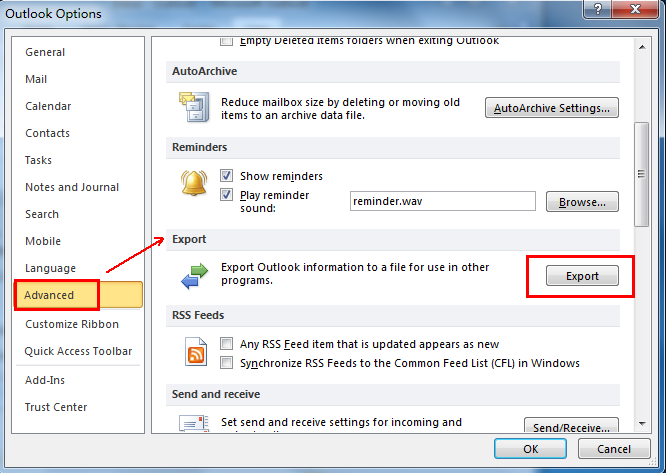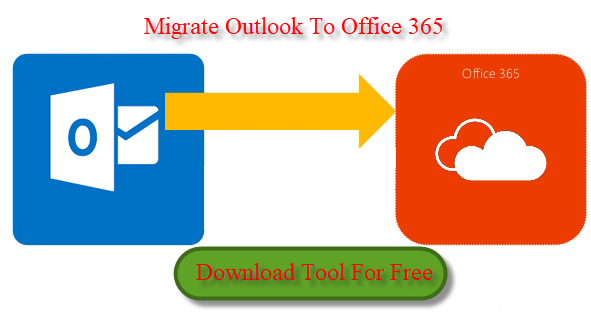


On the Folder menu, click Import, and then click From MSG.In the drop-down list, select Permanent deletion (deletes to deleted item retention if supported), and then click OK.Right-click the item, and then click Delete message.In the Subject column, locate the item that has the subject.Note: Before you delete the message, you must export the message by using the steps in the “How to export the Auto-Complete cache” section.To delete the existing AutoComplete message, follow these steps: To avoid duplicate entries, you must delete the existing AutoComplete message.In the left-side navigation pane, expand Root – Mailbox, and then expand Top of Information Store or IPM_SUBTREE.To import the AutoComplete mailbox message, follow these steps. Select a folder location to which you want to save the message, and then click Save.In the drop-down list, select MSG file (UNICODE), and then click OK.This action opens the Save Message To File window. Under the Subject column, right-click the item that has the subject, and then click Export Message.This action opens a new MFCMAPI window that contains various properties. Right-click the Inbox folder, and then click Open Associated Content Table.In the left-side navigation pane, expand Root Container, and then expand Top of Information Store or IPM_SUBTREE.In the top pane, locate the line that corresponds to your mailbox, and then double-click it.If you are prompted for a profile, select the desired profile name, and then click OK.Exit Outlook, and then close Outlook Web Access or Outlook Web App (OWA) on all workstations that are connected to your mailbox.To export the AutoComplete mailbox message, follow these steps:
HOW TO EXPORT ADDRESS BOOK FROM OUTLOOK 2007 TO OFFICE 365 HOW TO
How to copy the AutoComplete list in Outlook 2010, Outlook 2013, and Outlook 2016:
 Restart Outlook, and it will now look to the same name but with all the Autocomplete data. Locate the file currently in use, and paste the copied string to replace the filename in use. Copy this file somewhere safe and delete it from this folder, then copy its filename EXACTLY. Ensure you have the right file to “Import” by checking the date modified and size (1 K.B. The file is “Stream_Autocomplete_******” where the stars are a long unique identifier. Locate the autocomplete file – \\users\username\appdata\local\microsoft\outlook\roamcache (For use with 2010+ version to another 2010+ version) Those will now show up under the AutoFill. Most of the email addresses will contain an underline. There should be a button called “Check names” – press it. Paste all of the filtered down stuff from excel into the “To” field. If more than 1000 entries, copy 999 at a time. If there are under 1000 entries, copy everything and proceed to Outlook2:. Do a replace all to find’ and replace it with nothing (CTRL + H). In Excel, go to Data -> Remove Duplicates. Remove all columns except A, which should be “To.”. This step should have given a line for each email with who it was to, subject, date, etc. Open the sent items folder in any version of Outlook. (For use with 2010+ version to a version older than 2010) services related to newer versions of Microsoft Office, please refer to the guide below. old file name extension on the first Start of Outlook 2013. nk2 file, the contents of the file will merge into the existing nickname cache stored in your mailbox. In the Open box, type outlook.exe /importnk2, and then click OK. In the Mail Setup dialog box, click Show Profiles. Click Start, and then click Control Panel. By default, the profile name is “Outlook.” To check the profile name, follow these steps: nk2 file must have the same name as your current Outlook 2013 profile. This file can be copied and pasted into computers with the same year Office installation – or Run this command from cmd to copy into newer installs: įirst, make sure that the.
Restart Outlook, and it will now look to the same name but with all the Autocomplete data. Locate the file currently in use, and paste the copied string to replace the filename in use. Copy this file somewhere safe and delete it from this folder, then copy its filename EXACTLY. Ensure you have the right file to “Import” by checking the date modified and size (1 K.B. The file is “Stream_Autocomplete_******” where the stars are a long unique identifier. Locate the autocomplete file – \\users\username\appdata\local\microsoft\outlook\roamcache (For use with 2010+ version to another 2010+ version) Those will now show up under the AutoFill. Most of the email addresses will contain an underline. There should be a button called “Check names” – press it. Paste all of the filtered down stuff from excel into the “To” field. If more than 1000 entries, copy 999 at a time. If there are under 1000 entries, copy everything and proceed to Outlook2:. Do a replace all to find’ and replace it with nothing (CTRL + H). In Excel, go to Data -> Remove Duplicates. Remove all columns except A, which should be “To.”. This step should have given a line for each email with who it was to, subject, date, etc. Open the sent items folder in any version of Outlook. (For use with 2010+ version to a version older than 2010) services related to newer versions of Microsoft Office, please refer to the guide below. old file name extension on the first Start of Outlook 2013. nk2 file, the contents of the file will merge into the existing nickname cache stored in your mailbox. In the Open box, type outlook.exe /importnk2, and then click OK. In the Mail Setup dialog box, click Show Profiles. Click Start, and then click Control Panel. By default, the profile name is “Outlook.” To check the profile name, follow these steps: nk2 file must have the same name as your current Outlook 2013 profile. This file can be copied and pasted into computers with the same year Office installation – or Run this command from cmd to copy into newer installs: įirst, make sure that the. 
Within the Outlook directory (\\documents&Settings\username\ApplicationData\Microsoft\Outlook) there is an Outlook profile.








 0 kommentar(er)
0 kommentar(er)
